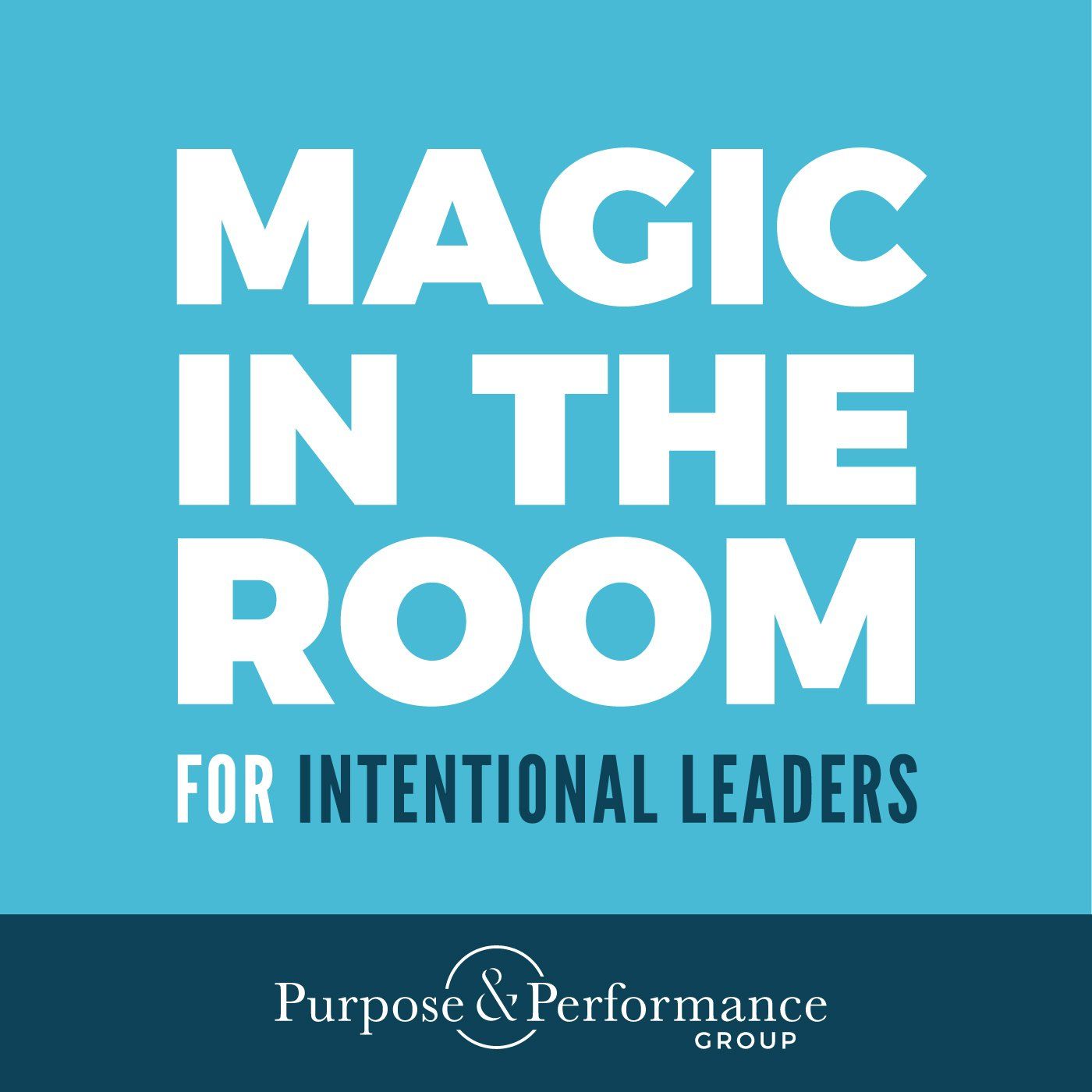Magic in The Room #4: Intentional Change Theory (ICT)
In this week’s episode, Luke, Hannah, and Chris talk about moving from A to B. They offer an exploration of Richard Boyatzis’ work on intentional change and Leon Festinger’s concept of cognitive dissonance.
How many times have you tried to change something about yourself or your life and quickly find yourself slipping back into old habits? Achieving manageable and meaningful change is never easy. For example, we have all asked ourselves at some stage, what do I need to change? Should I change the belief, or should I change my behavior?
It can then turn into further questions about what’s the belief and what’s the wish. For example, do I wish to be 200 lbs? Or do I believe that I have the power to be the person that can meet that goal? These deep-seated beliefs reveal a few things about our self-image that are and often what is lurking underneath.
The intentional change theory was developed by Richard Boyatzis, Ph.D., and outlined five common-sense steps to enable anyone to make a lasting change within one’s self. In today’s episode, we discuss this theory and try to understand how we move from A to B in the most intentional way.
We also explore Leon Festinger’s cognitive dissonance theory that suggests that we have an inner drive to hold our attitudes and behavior in harmony and avoid dissonance. But how should we tackle the inconsistency between our attitudes or behaviors? What must change to eliminate the dissonance?
We explore different ways of driving change and moving away from just letting life happen to you. We debate how taking incremental action through the practice of new skills can become a habit that reinforces a new belief around intentional change. But our success will always be correlated to our level of intent.
From a leadership point of view, Luke, Hannah, and Chris also discuss how you can reinforce and celebrate these positive behaviors when people are beginning to show them and creating a culture where it’s okay to experiment.
If you want to create this kind of environment where you’re able to go from point A to point B and have your entire team and an organization with you, it has to be okay to try new things and to have them not succeed the first time, right? Otherwise, how will we learn? The only way we learn is to try something different.
Most people would agree that you can only improve what you can measure. Introducing new ideas and improvements incrementally while monitoring along with the way will help leaders determine what worked well and what didn’t to make data-driven decisions.
After listening to this podcast episode, we invite you to share your experiences and insights on the intentional change theory (ICT) by commenting below.
The post Magic in The Room #4 – Intentional Change Theory (ICT) appeared first on Purpose and Performance Group.


